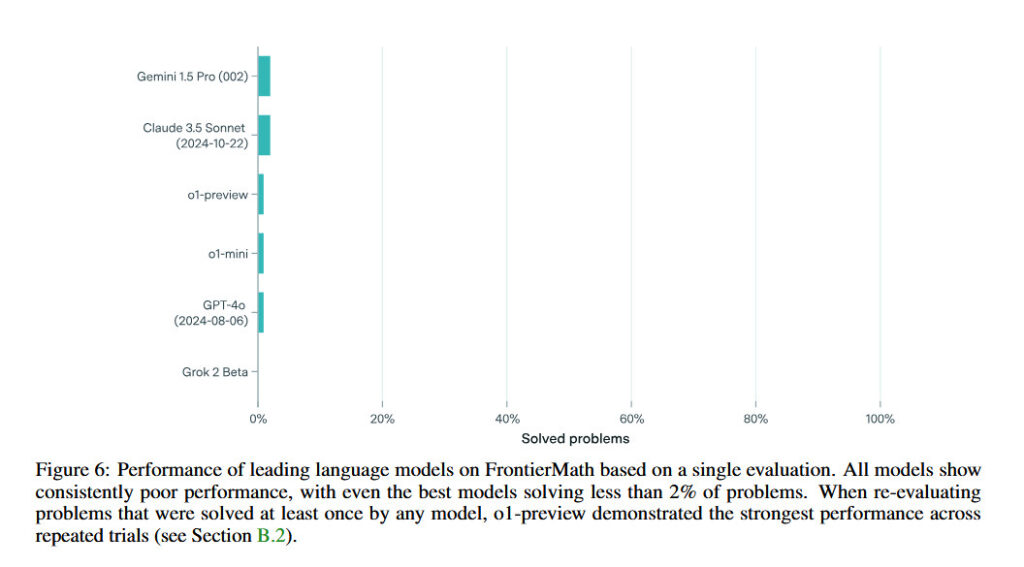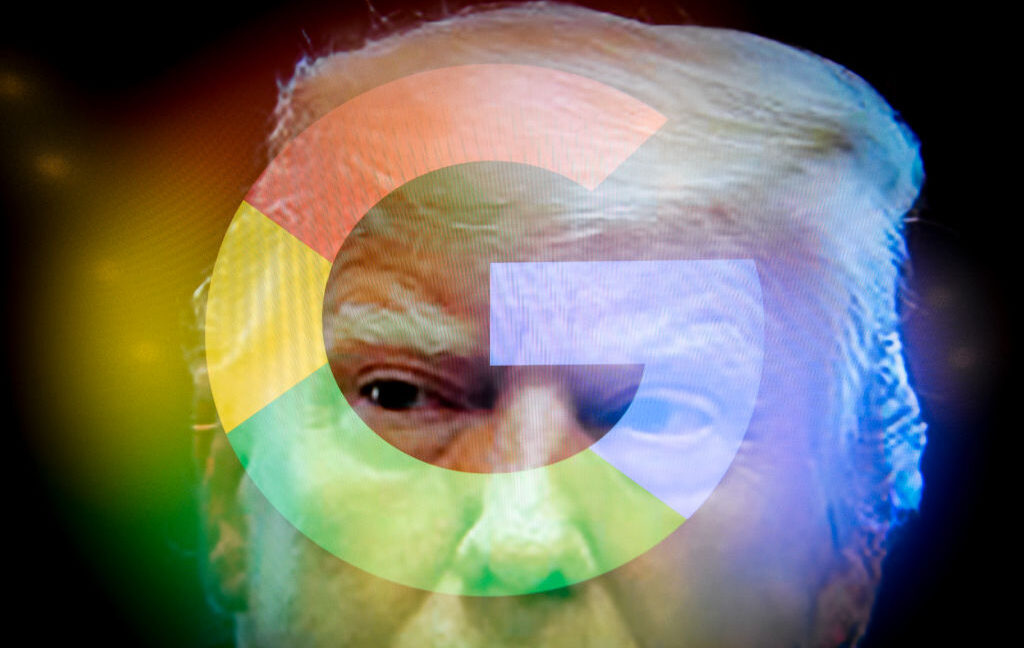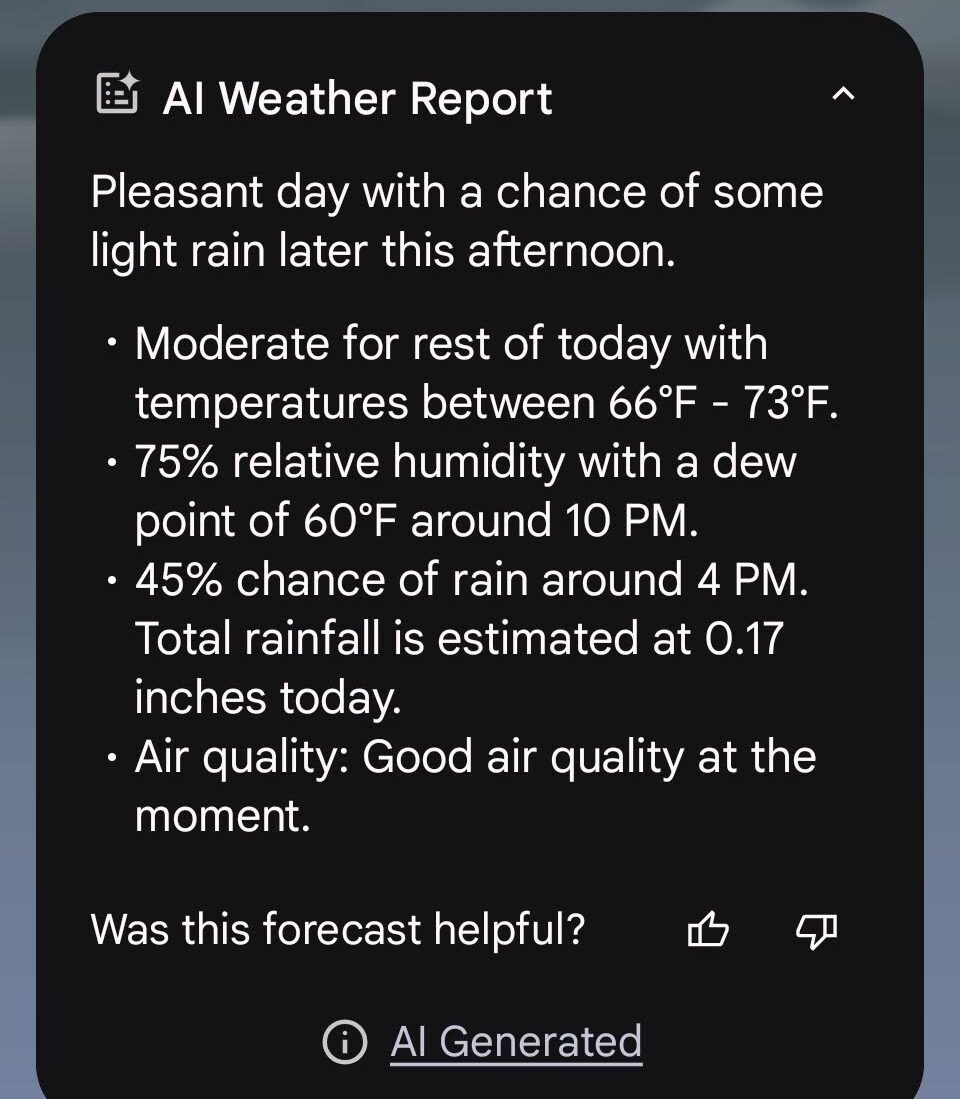Google stops letting sites like Forbes rule search for “Best CBD Gummies“
Under the strength of Forbes’ long-existing and well-linked site, Forbes Marketplace/Advisor has dominated the search term “best cbd gummies” for “an eternity,” according to SEO analyst Lily Ray. Forbes has similarly dominated “best pet insurance,” and long came up as the second result for “how to get rid of roaches,” as detailed in a blog post by Lars Lofgren. If people click on this high-ranking result, and then click on a link to buy a product or request a roach removal consultation, Forbes typically gets a cut.
Forbes Marketplace had seemingly also provided SEO-minded review services to CNN and USA Today, as detailed by Lofgren. Lofgren’s term for this business, “Parasite SEO,” took hold in corners critical of the trend. Ars has contacted Forbes for comment and will update this post with response.
“The unfair, exploitative nature” of “parasite SEO”
Google writes that it had reviewed “situations where there might be varying degrees of first-party involvement” (most publishers’ review sites indicate some kind of oversight or editorial standards linked to the primary site). But however arranged, “no amount of first-party involvement alters the fundamental third-party nature of the content or the unfair, exploitative nature of attempting to take advantage of the host sites’ ranking signals.”
As such, using third-party content in such a way as to take advantage of a high search quality ranking, outside the site’s primary focus, is considered spam. That delivers a major hit to a site’s Google ranking, and the impact is already being felt.
The SEO reordering does not affect more established kinds of third-party content, like wire service reports, syndication, or well-marked sponsored content, as detailed in Google’s spam policy section about site reputation abuse. As seen on the SEO subreddit, and on social media, Google has given sites running afoul of its updated policy a “Manual Action” rather than relying only on its algorithm to catch the often opaque arrangements.
Google stops letting sites like Forbes rule search for “Best CBD Gummies“ Read More »























